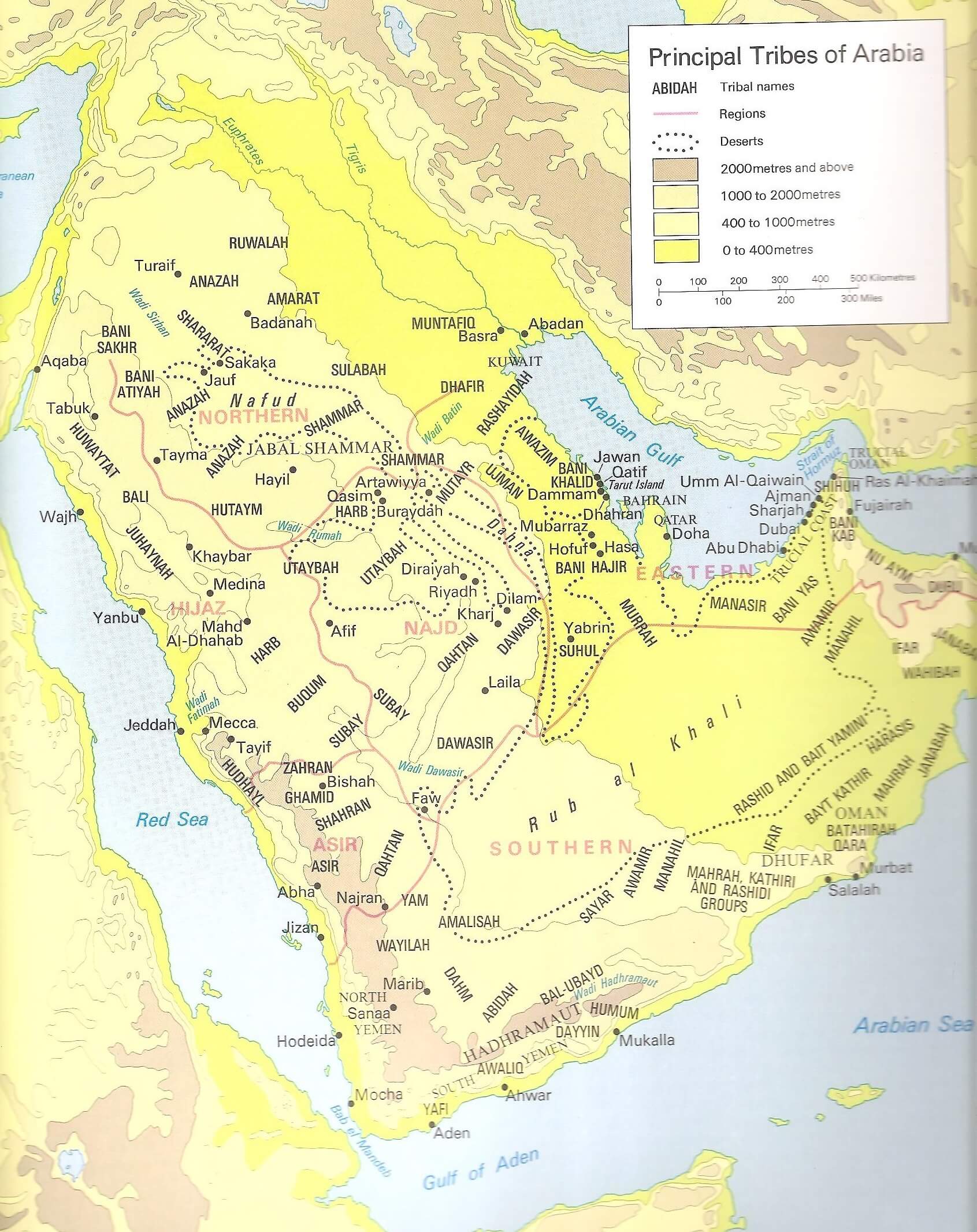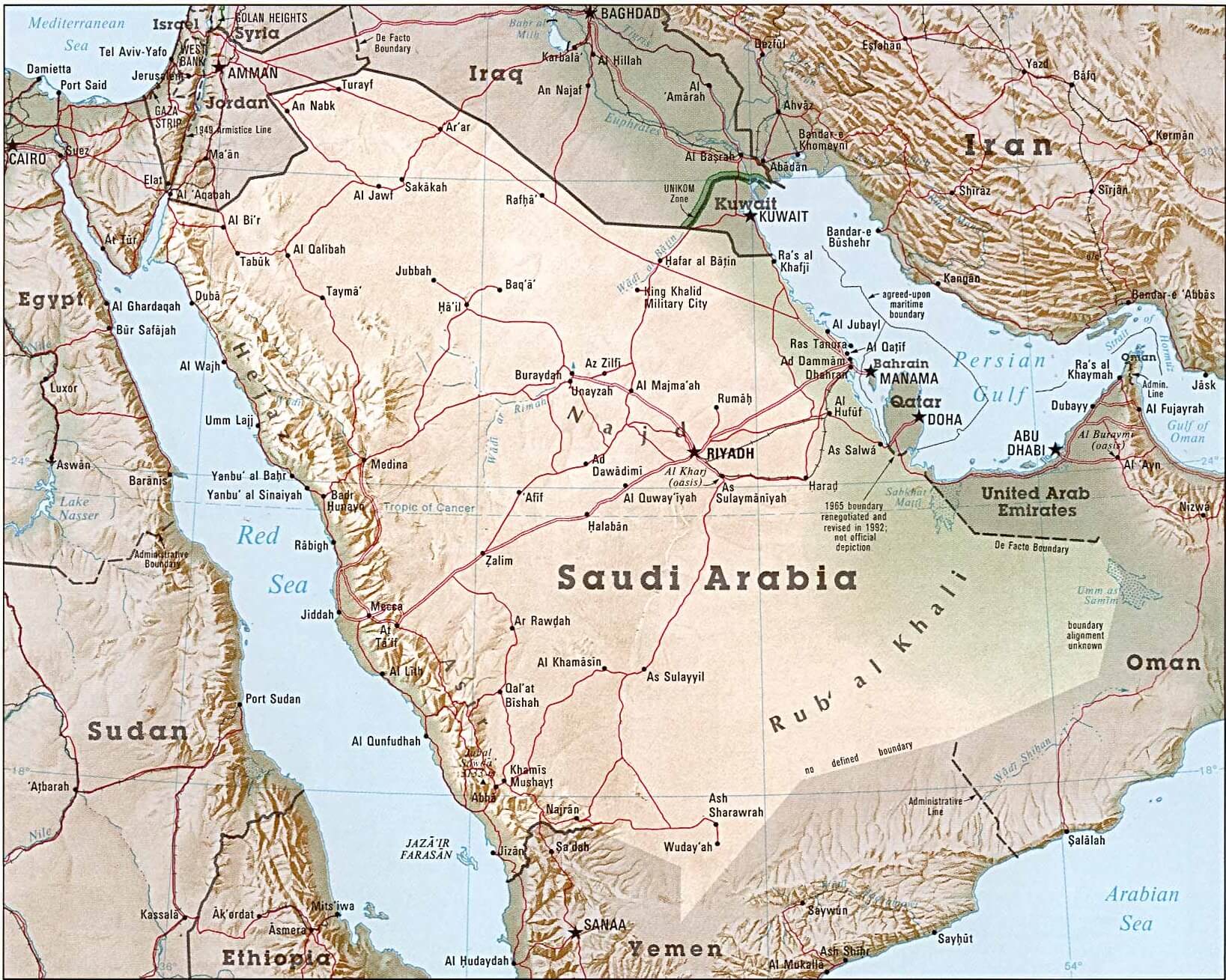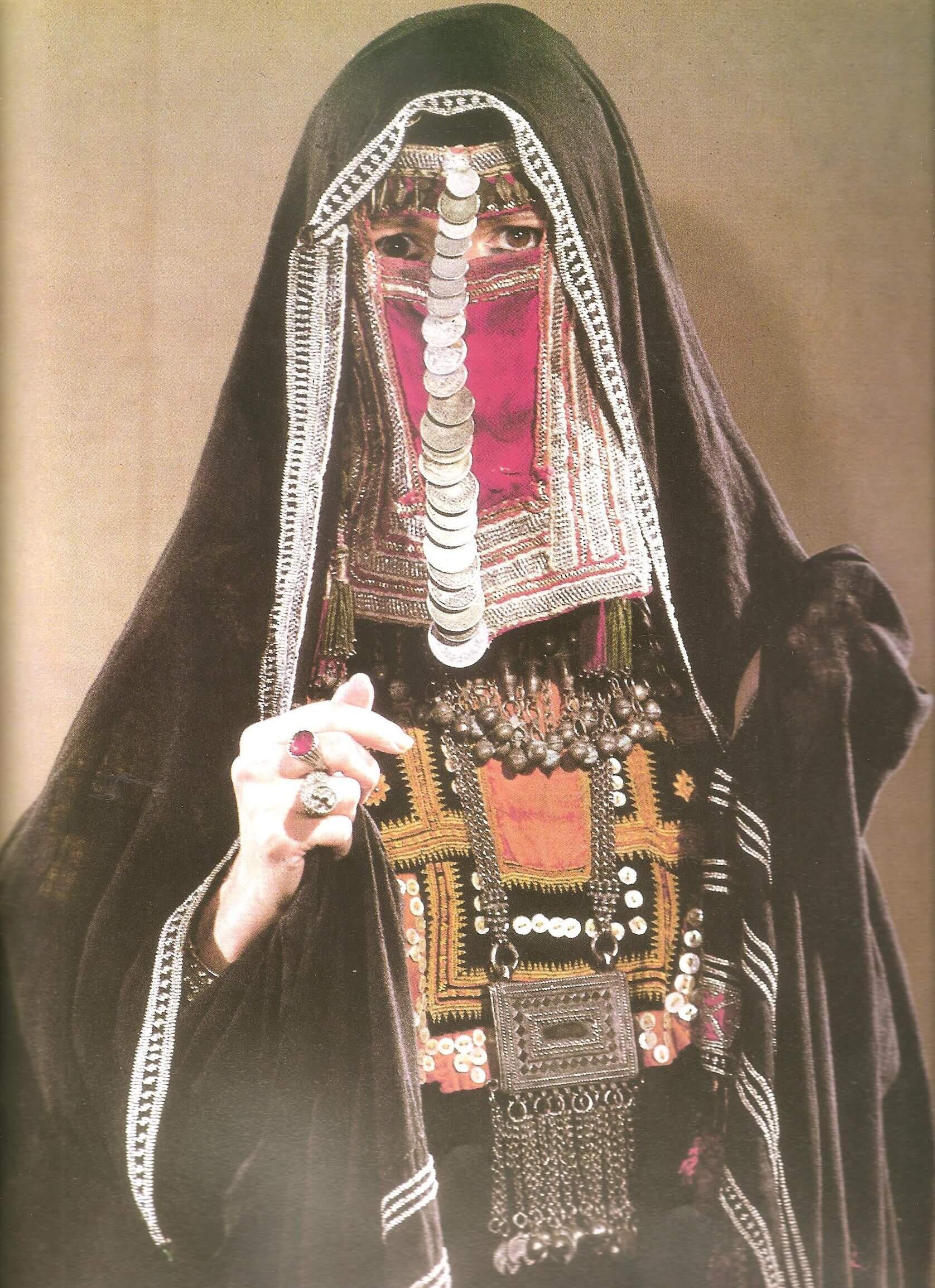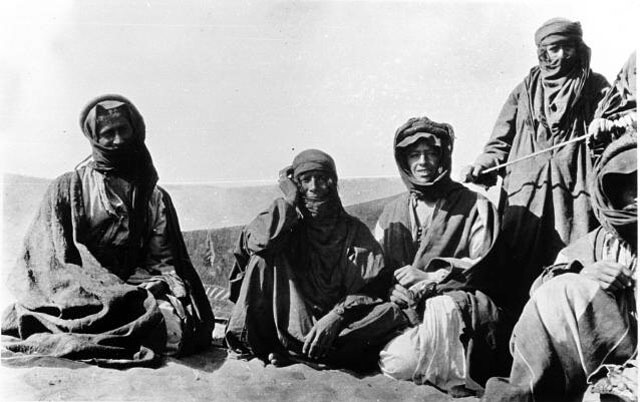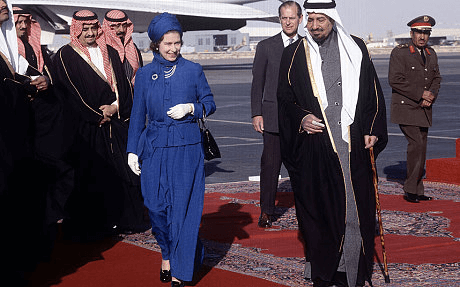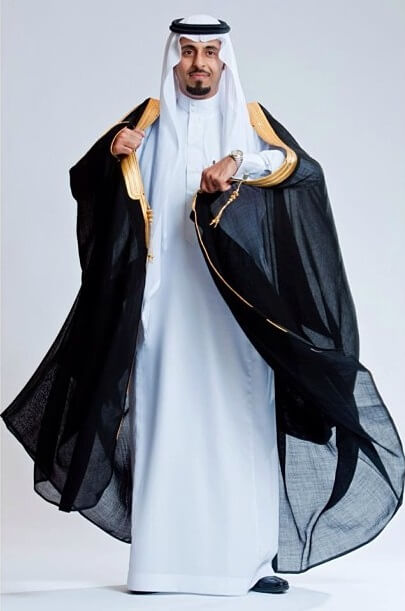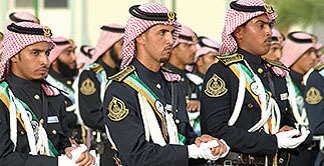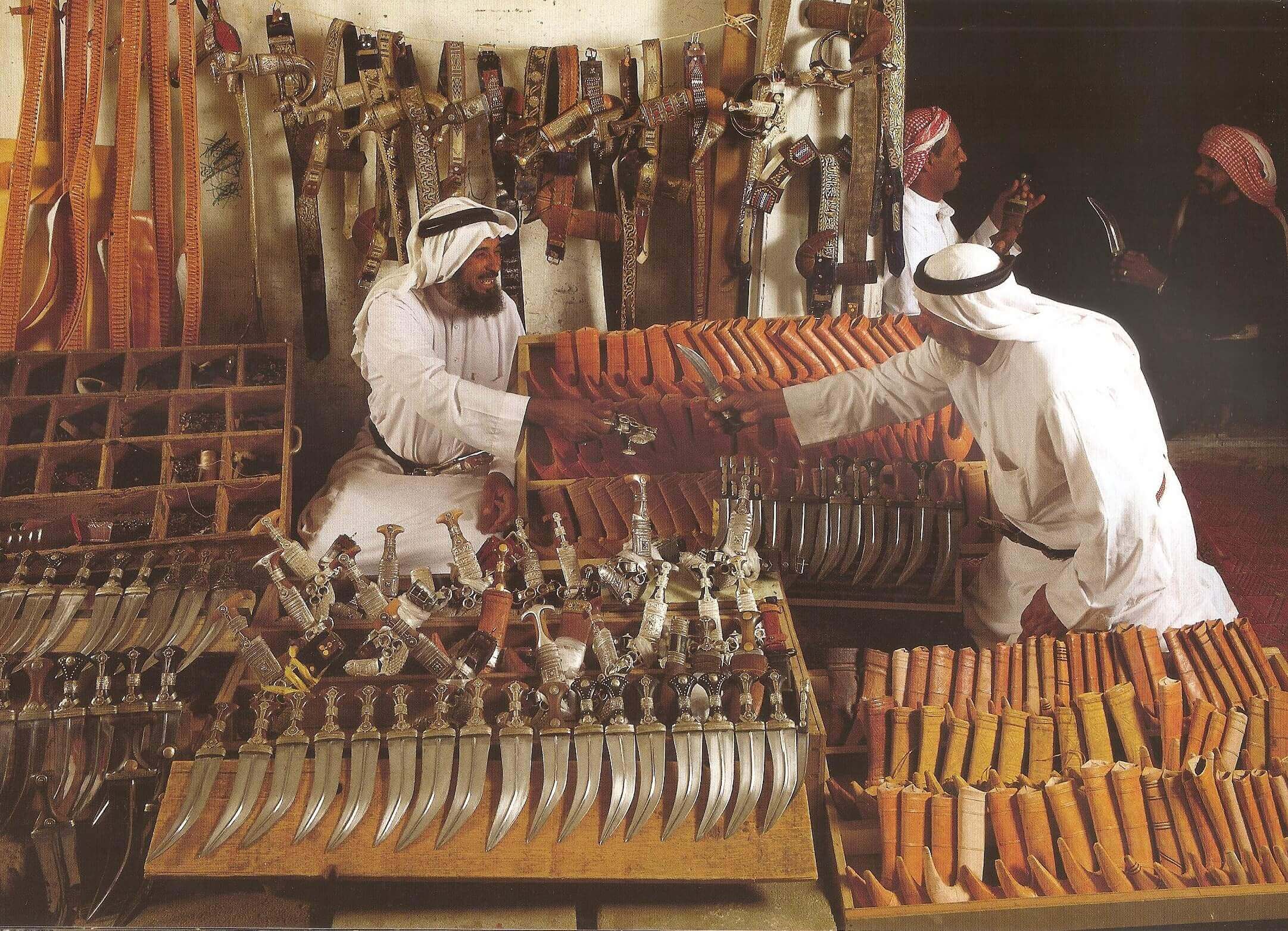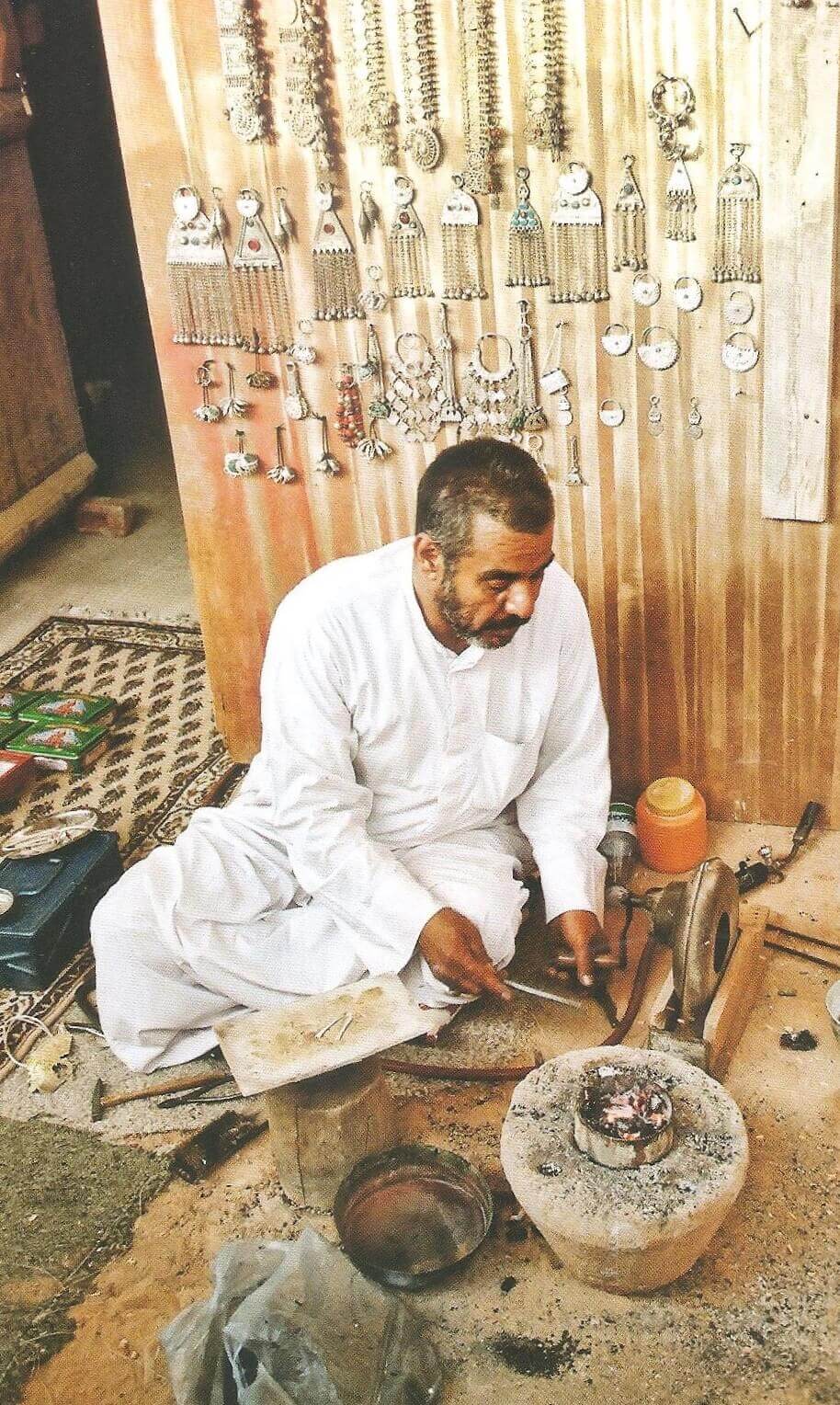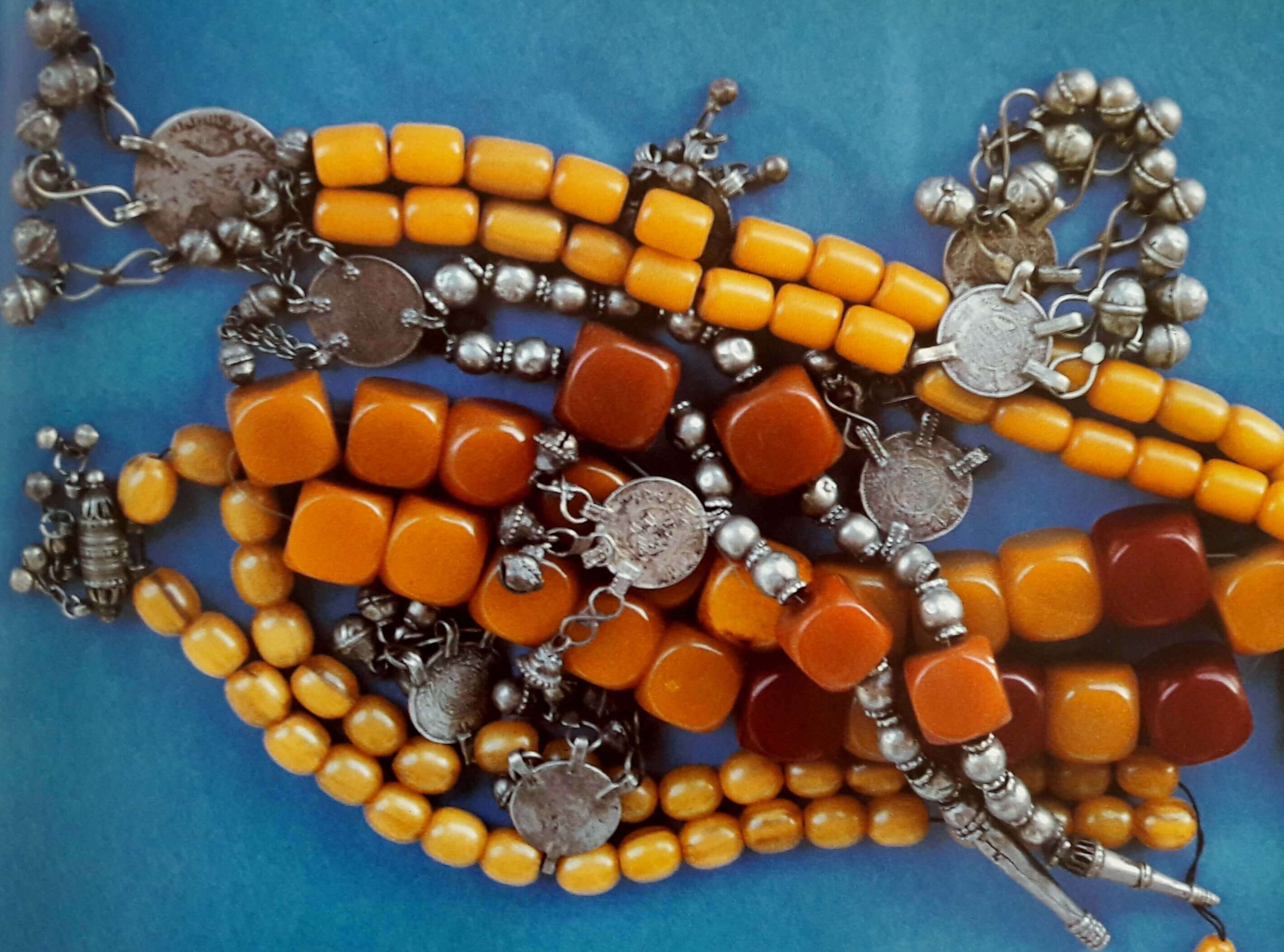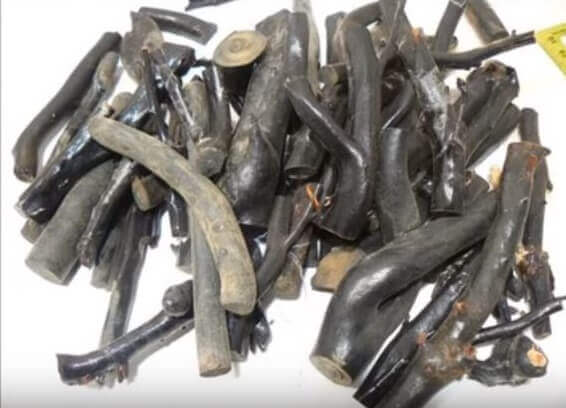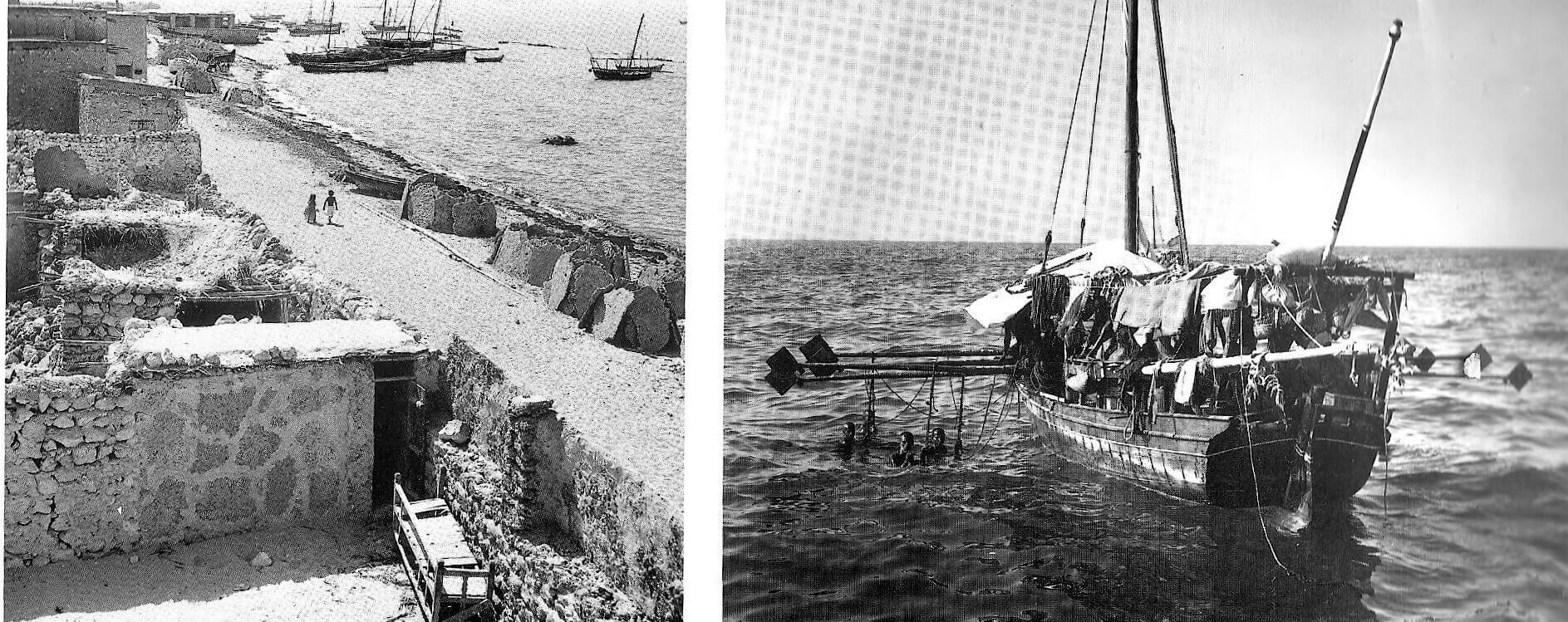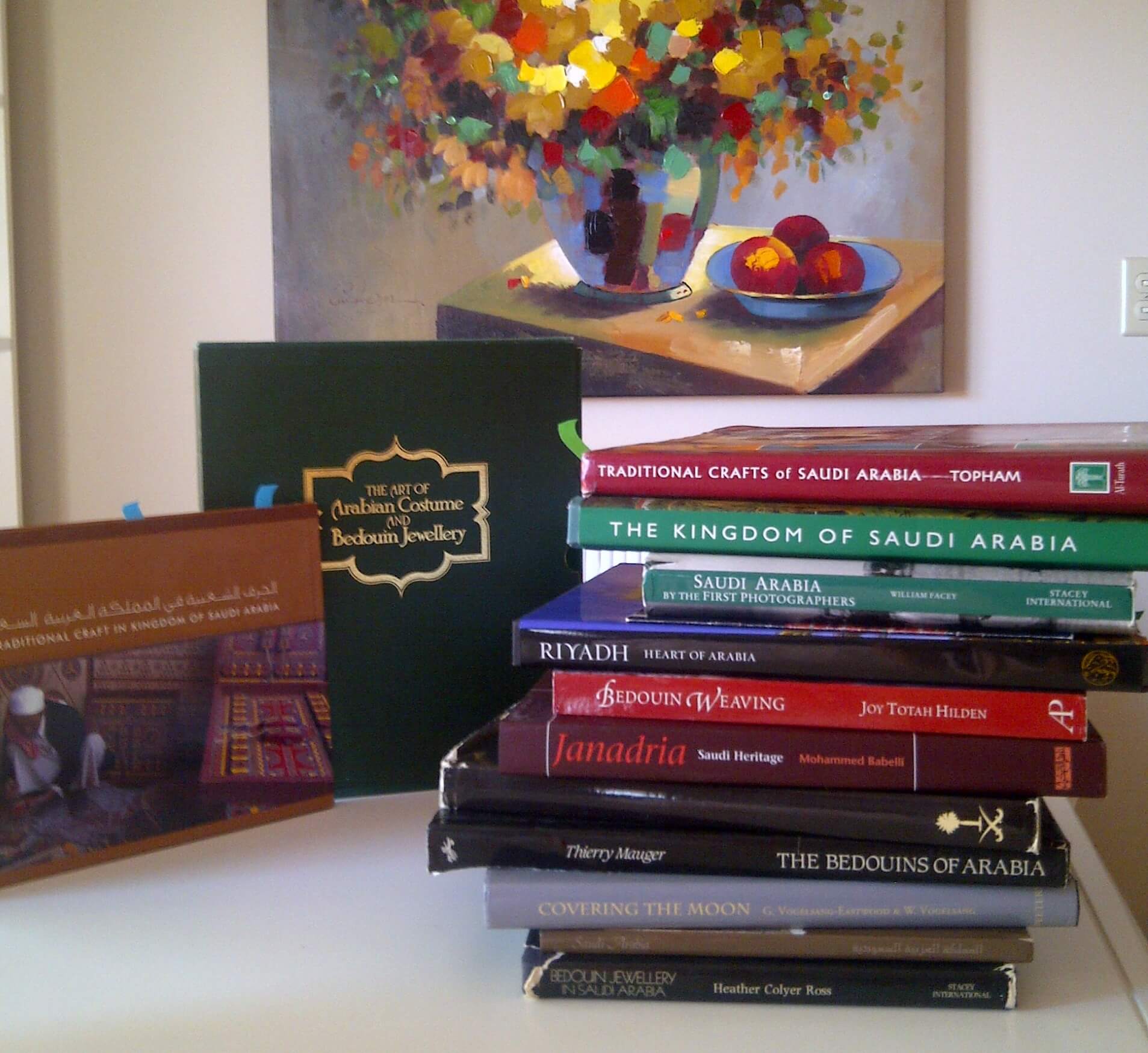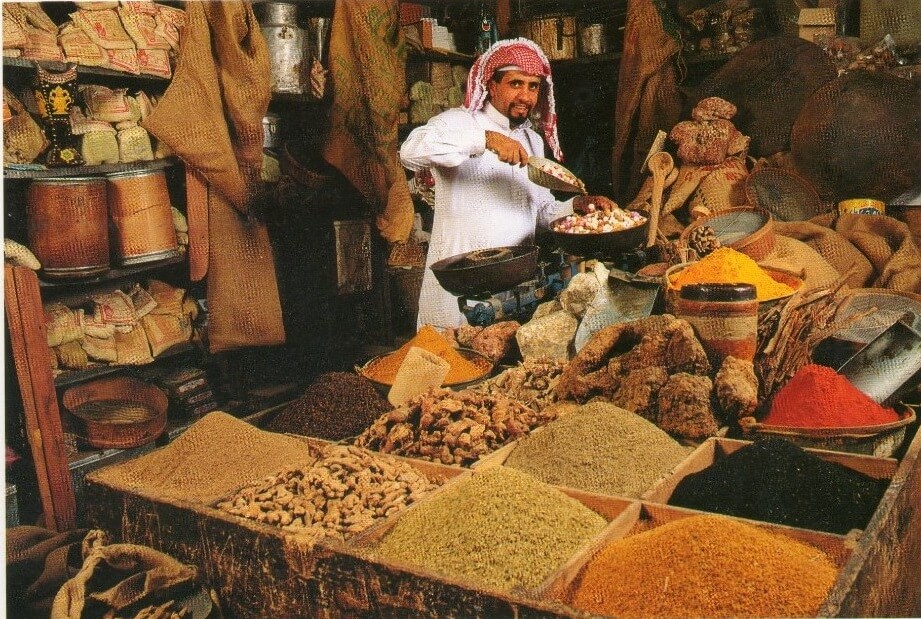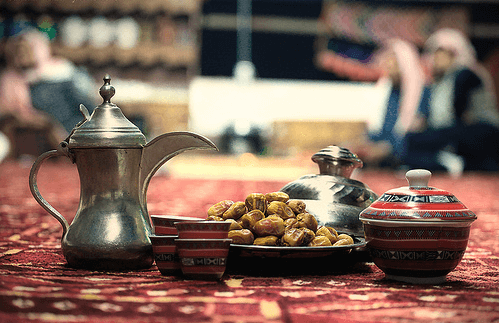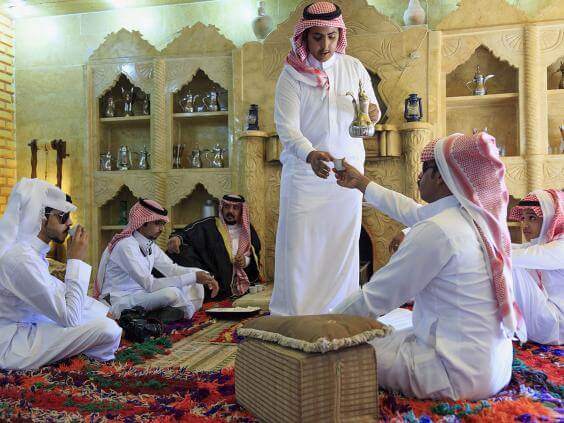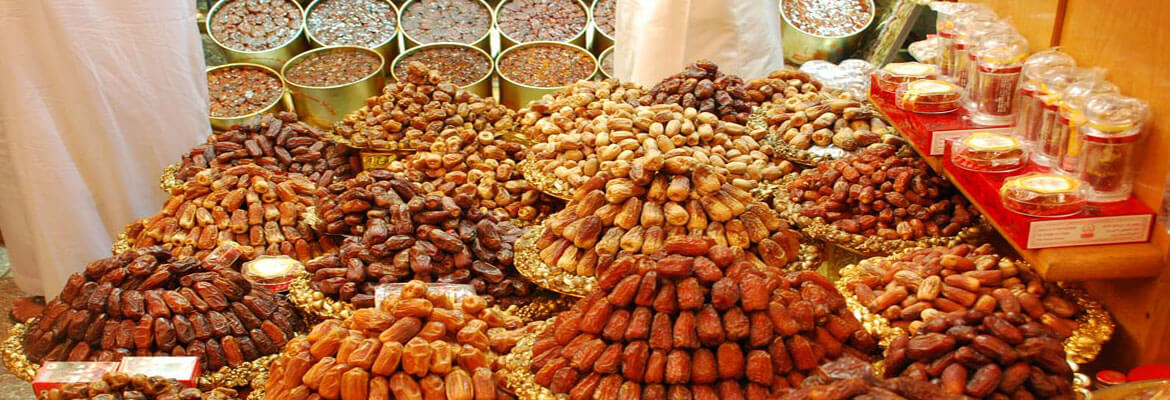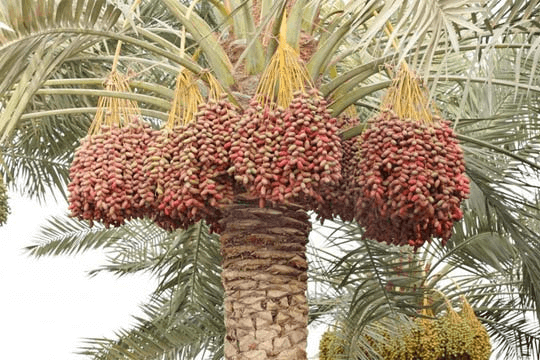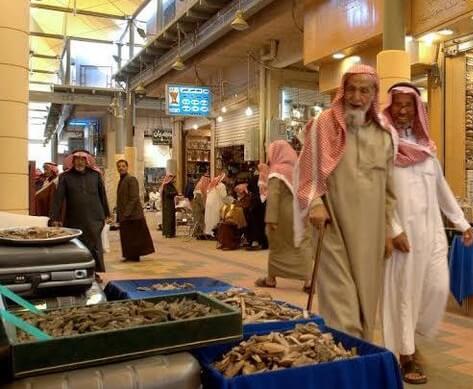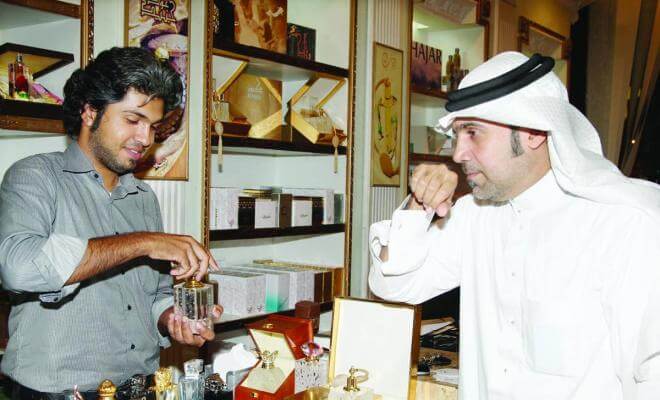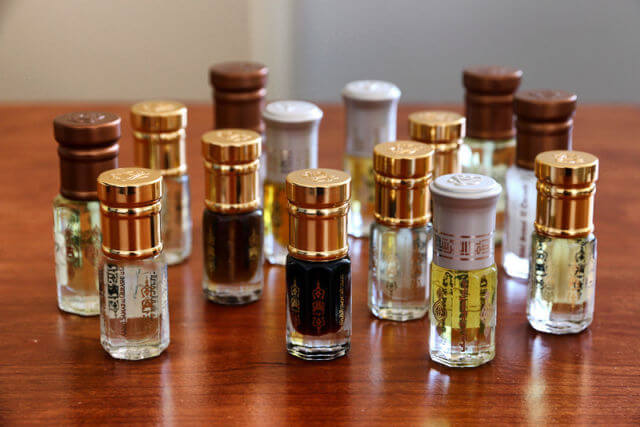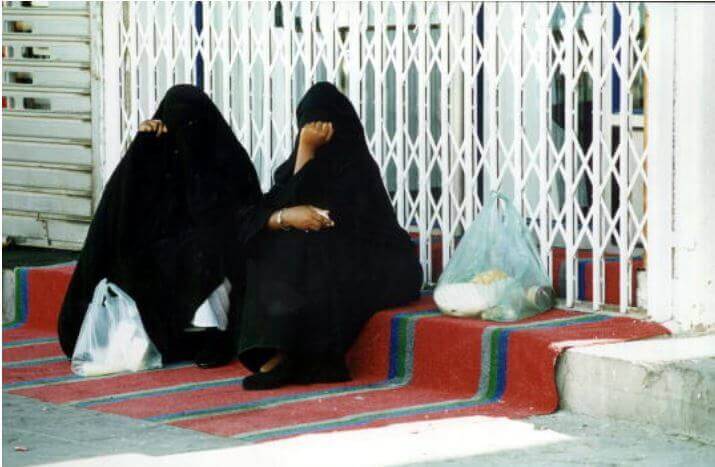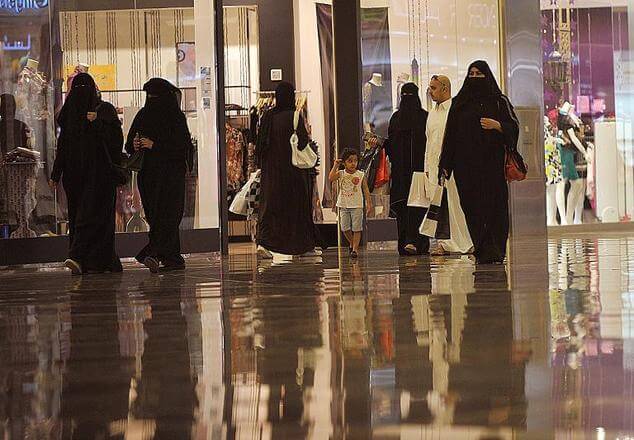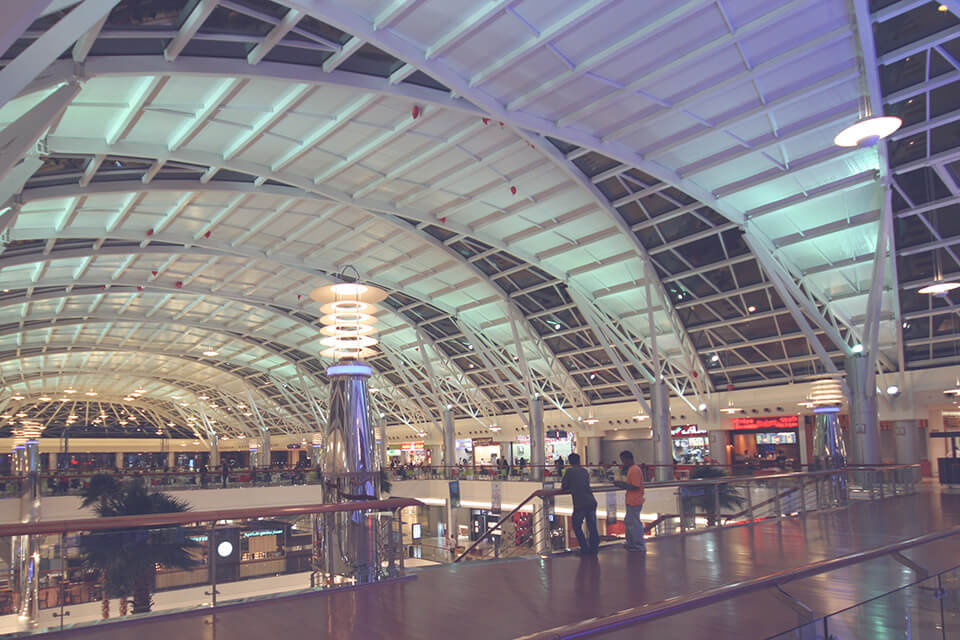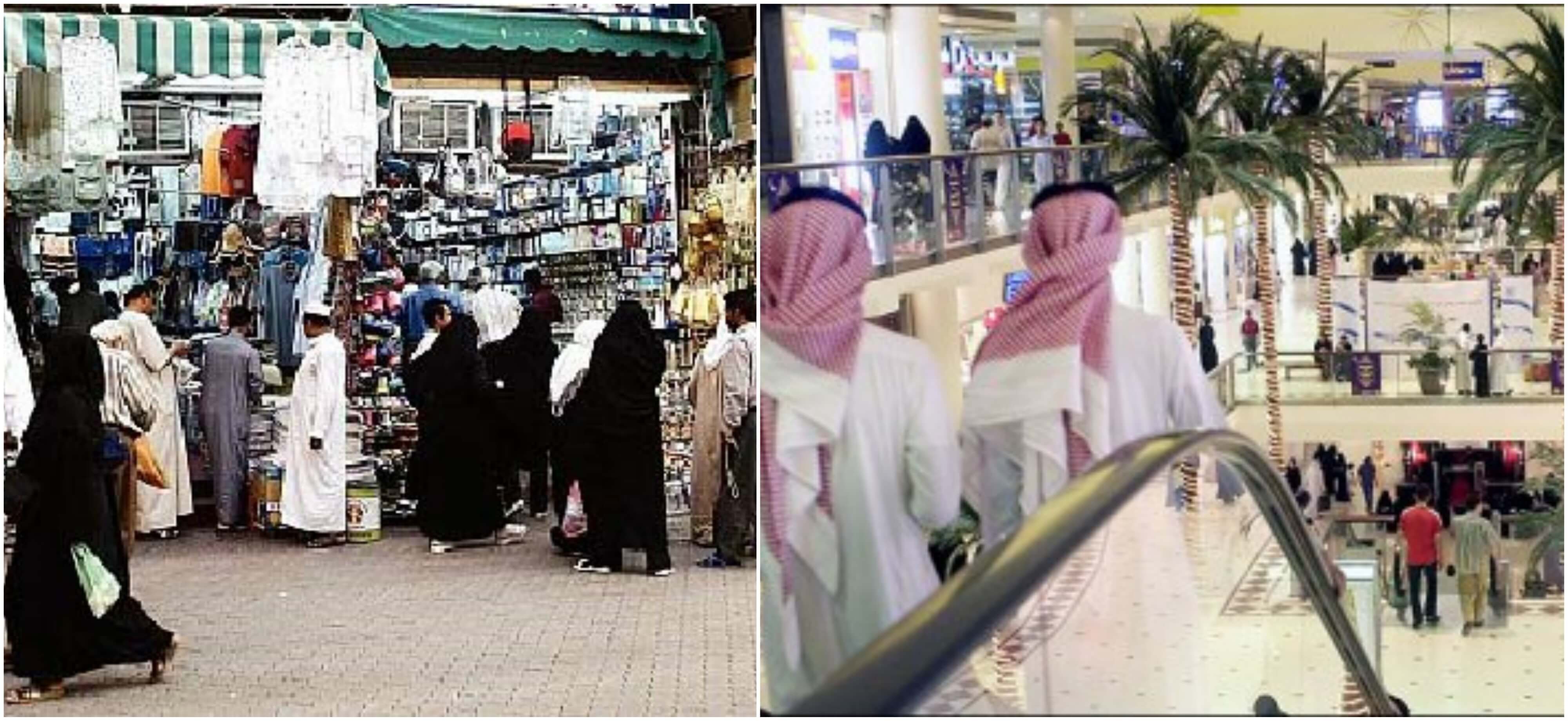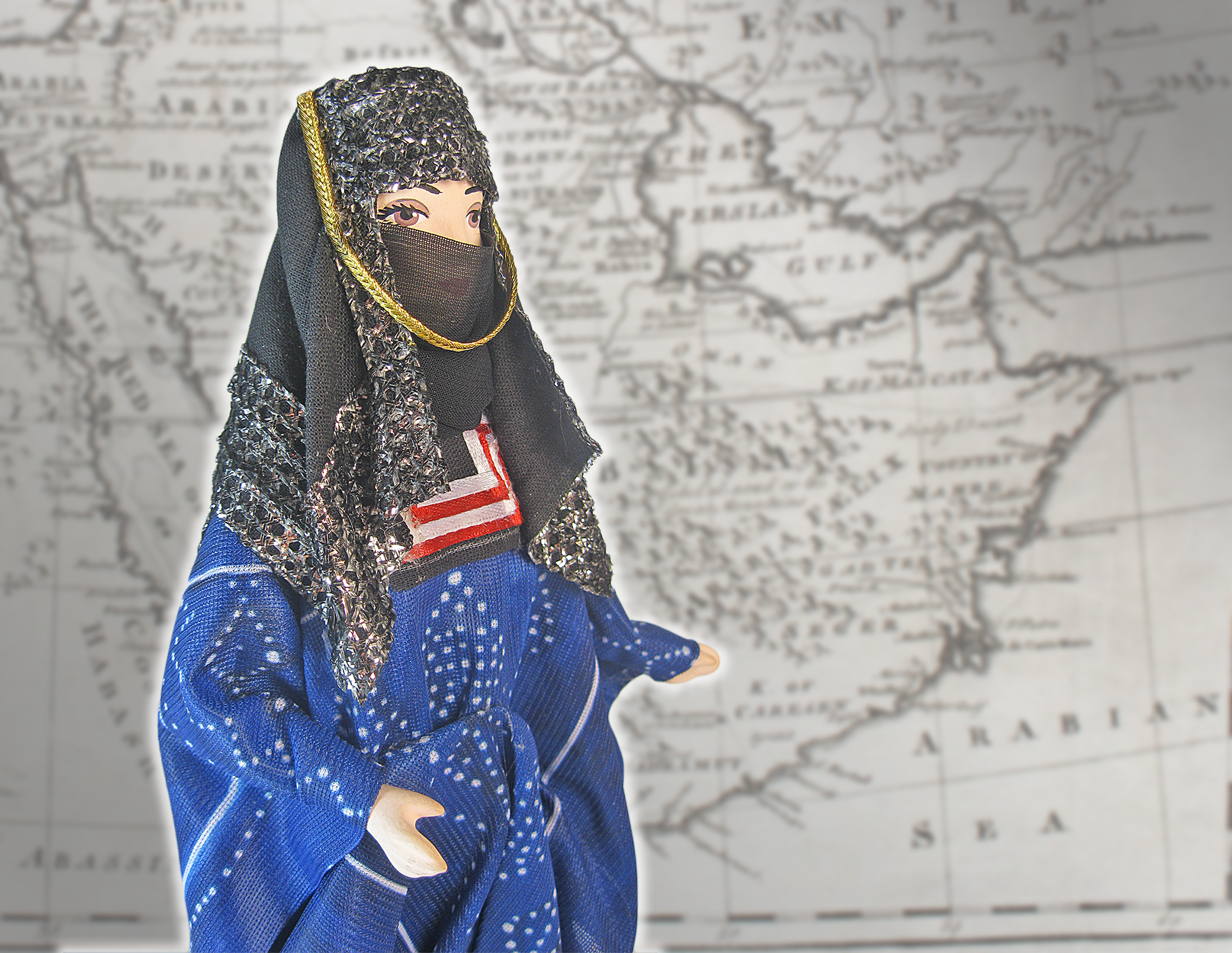The traditional bedouin woman dress of the Hudhayl (Hudheyl, Hodheyl) tribe of Saudi Arabia
History of the Hudhayl tribe, Saudi Arabia
At the dawn of Islam, the Hudhayl were a tribe of Northern Arab descent living near Makkah. The Hudhayl tribe occupied steep mountainous area where lied the shortest (although the hardest) route from Makkah to Taif. The mountains collectively bear the name of Djebel Kora. The road was hardly passable by camel caravans, and often mules were used to transport the load through the rocks to Taif.
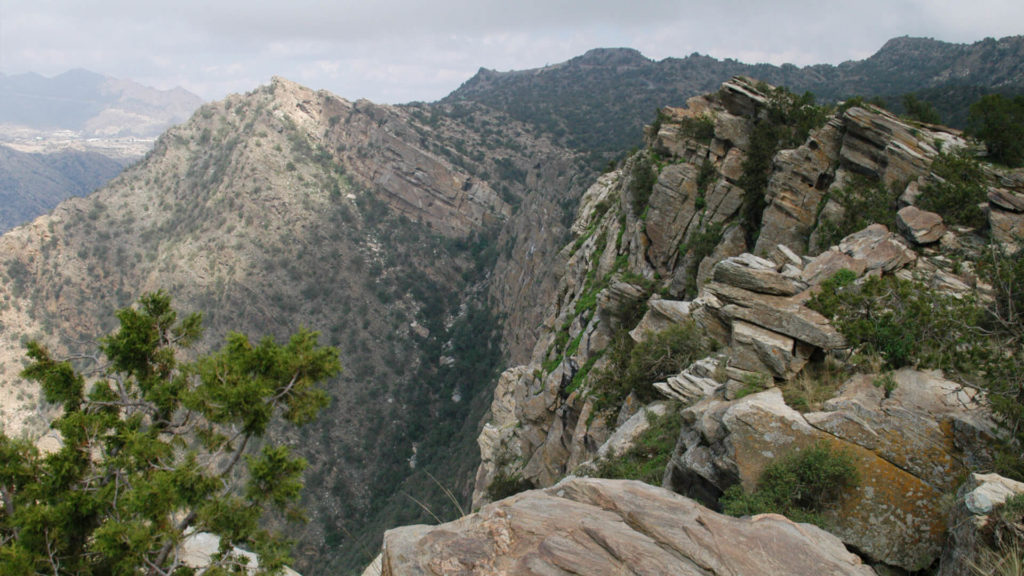
The rocky slopes of Taif
It was quite hard to find a contemporary photo of the scenery that would resemble the old times, without asphalt roads and signs of modern civilization.
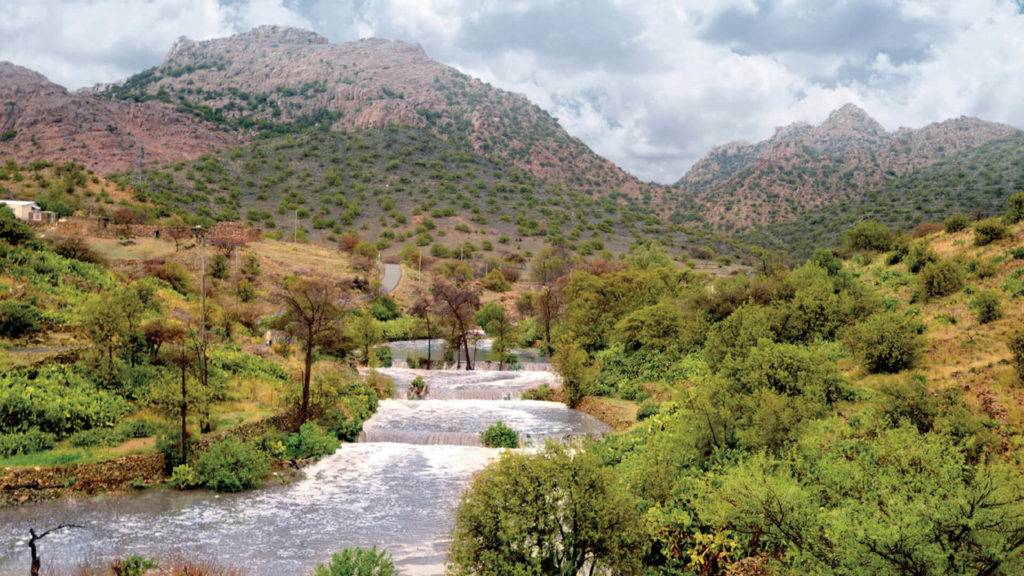
The mountains of Taif
John Lewis Burckhardt travelled to the Western Arabian Peninsula in 1814−15, and in his book “Travels in Arabia” he made a few detailed observations of the region and the tribesmen.
The bedouin huts were erected between the rocks on the slopes of the mountain, where there was scarcely any level surface, and also on the top of Djebel Kora, which is flat. The fields on top of the mountain have rocky soils with large masses of granite blackened by the sun. Spring waters of the mountain watered many fruit trees of the valley (figs, apricots, pomegranates, peaches, apples and almonds, but no palm trees), and particularly grapes of the best quality. The fields produced wheat, barley and onions, and every field was surrounded by a low wall and owned by a Hudhayl bedouin who cultivated the crops.
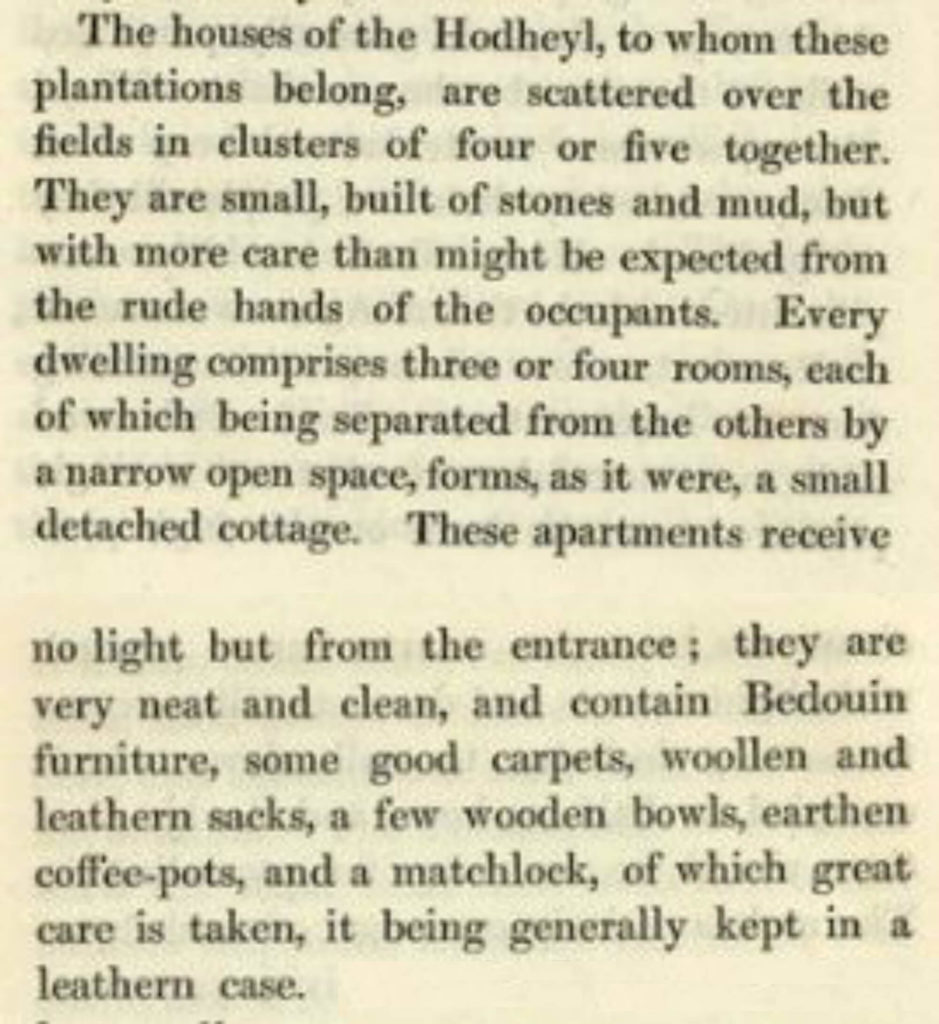
Extract from “Travels in Arabia” book by John Lewis Burckhardt
Charmed by the romantic scenery, John Lewis Burckhardt called the area “the most picturesque and delightful place since he started the journey from Lebanon”. Indeed, the region was known for the beautiful fertile land and exceptional quality of water (inhabitants of Taif were sending camels to the mountains to bring back some water to the city).

Taif mountains of Saudi Arabia, postcard
The same author later compiled another book based on his travels, where he mentions the Hudhayl tribe:
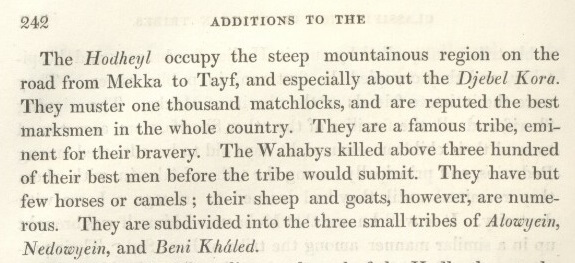
Extract from the “Notes on the Bedouins”, 1830, by John Lewis Burckhardt
Almost half a century later David George Hogarth writes in his book “Hejaz Before World War I: A Handbook”:

“Hejaz Before World War I: A Handbook” by By David George Hogarth
John Lewis Burckhardt had a great impression of the tribesmen of Hudhayl:
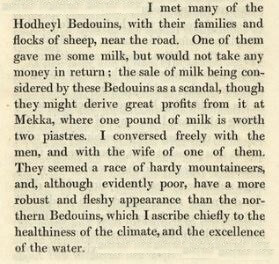
Extract from “Travels in Arabia” book by John Lewis Burckhardt
The tribe was famous by its poets. A few books are written around their poetry, like “Sharh Ashaar Al Huthayliyeen (Explaining the Poetry of the Huthail Tribe)” by Al Sukri, or Mufaddaaliyyat, which is an anthology of ancient Arabic poems. The later features a Hudhayl poet Abu Dhu’ayb, as “one of the most admirable and famous. The last of the series (No. 126), the long elegy of a Hudhail on the death of his sons; almost every verse of this poem is cited in illustration of some phrase or meaning of a word in the national lexicons”.
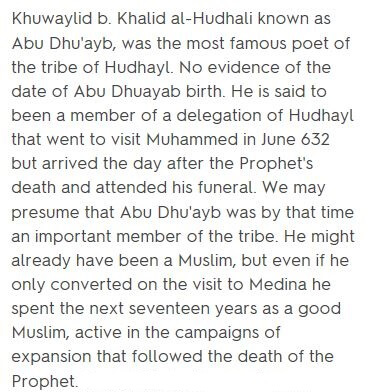
A short biography of Hudhayl poet Abu Dhu’ayb
You might be interested to search for his works at the Abu Dhabi Tourism and Culture Authority’s National e-Library online catalogue.
The 1,000-year-old mountainous path that was part of the route from Makkah to Taif is now restored by the Saudi Commission for Tourism and Antiquities (SCTA). Just imagine that people used this path to transport their goods and agricultural products on camels for hundreds of years up till 1953! I’m sure John Lewis Burckhardt used the same route!

A camel path linking Makkah and Taif
So how did the inhabitants of this rocky and seemingly hostile environment look like? You will get to know about the traditional outfit of Hudhayl tribeswoman in the next post.

